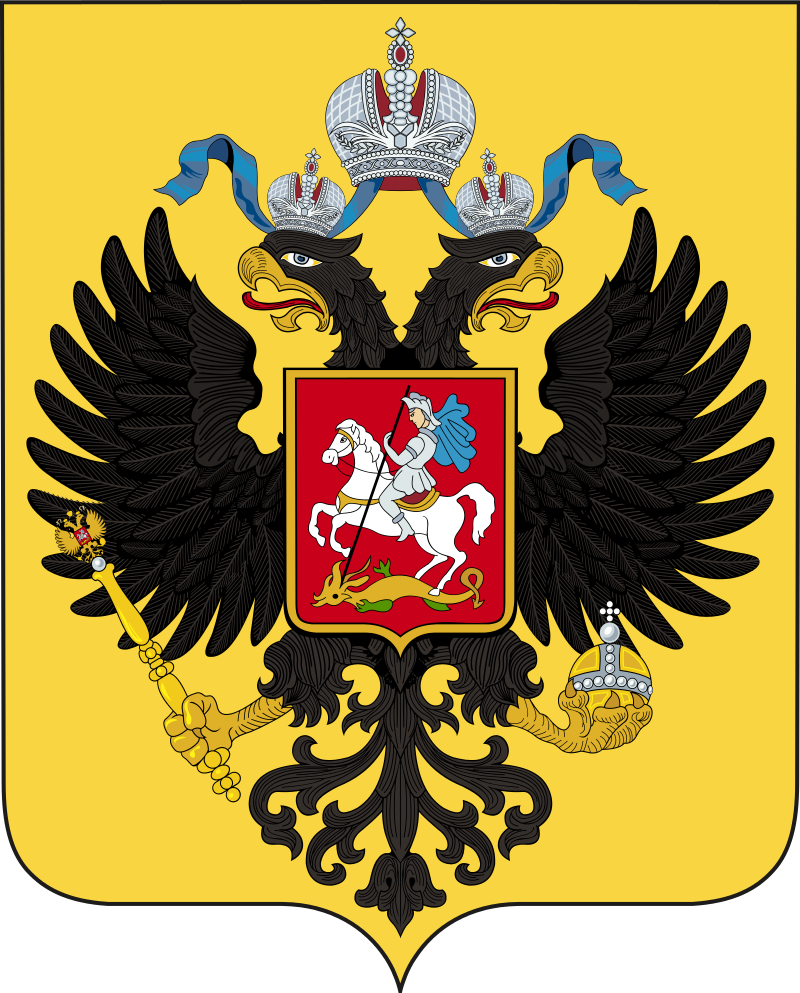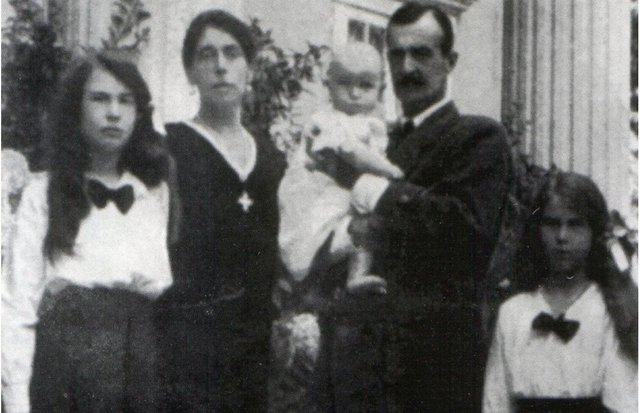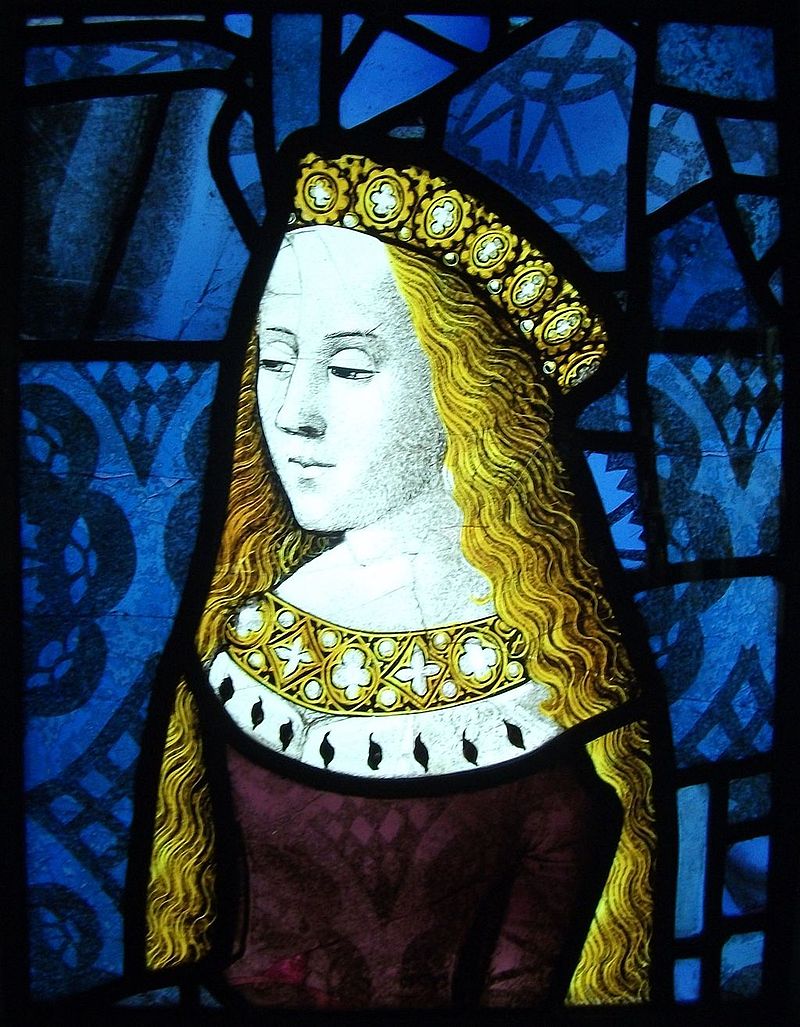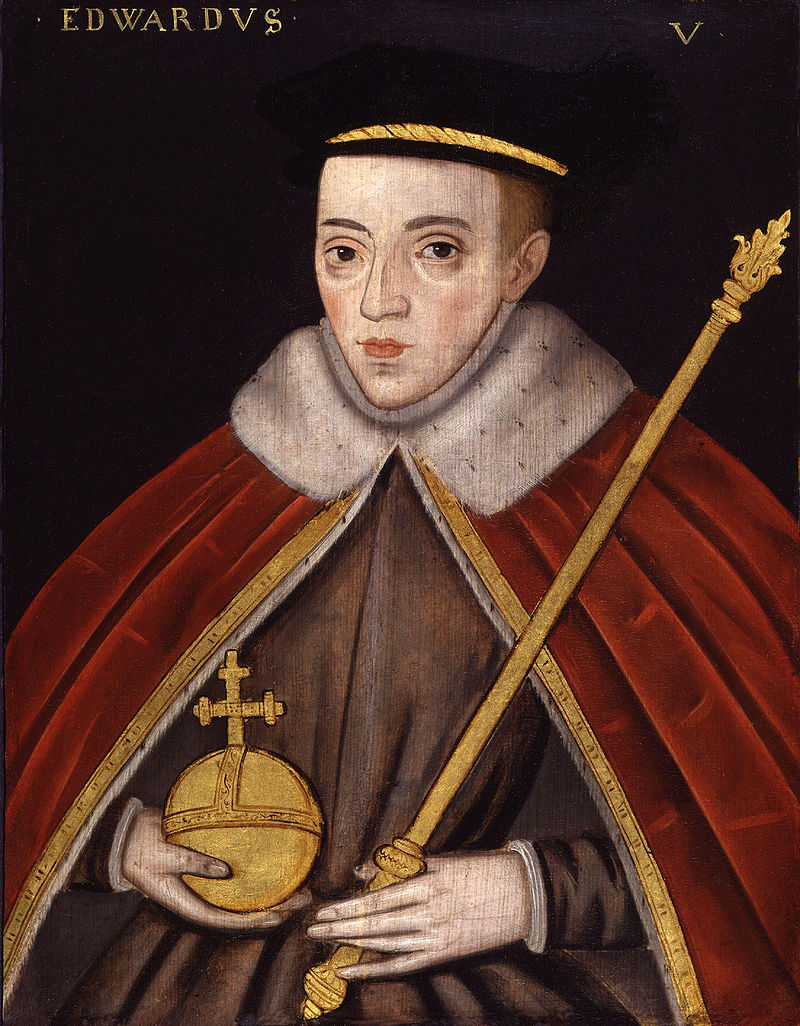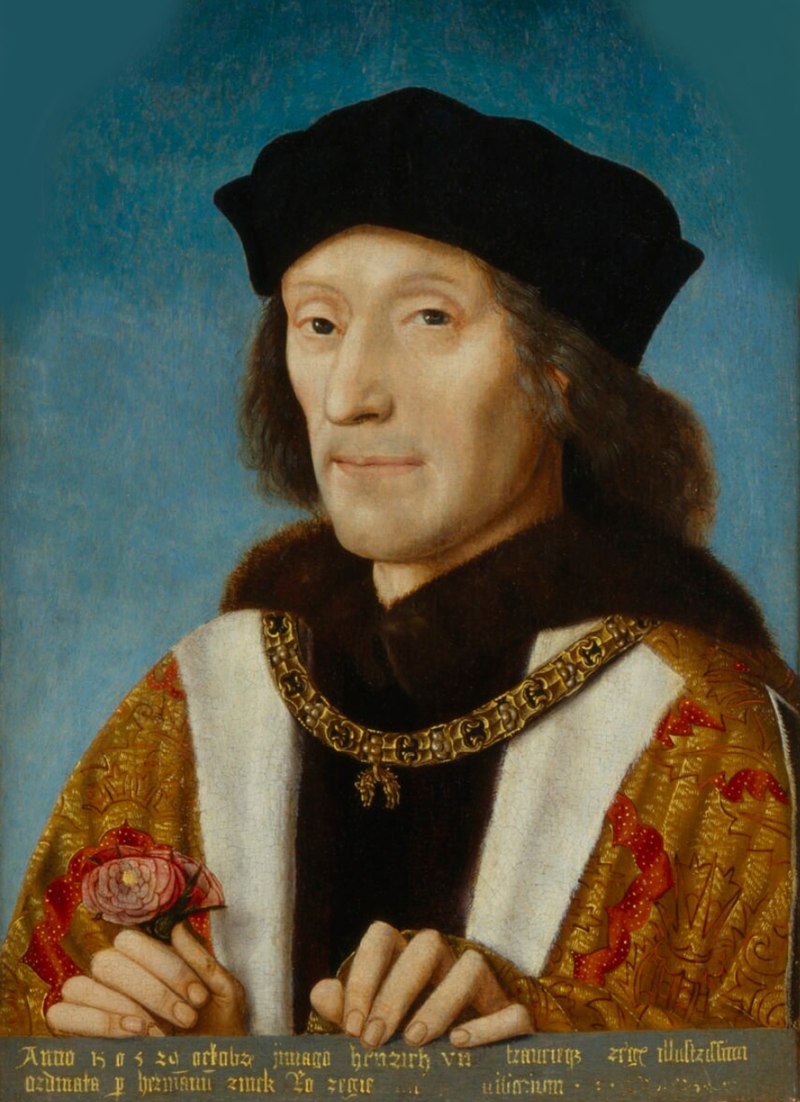by Susan Flantzer
© Unofficial Royalty 2023

Joseph Bonaparte; Credit – Wikipedia
Joseph Bonaparte, the older brother of Napoleon Bonaparte, was King of Naples from 1806 – 1808 and King of Spain from 1808 – 1813. Born Guiseppe Buonaparte, later Frenchified to Joseph Bonaparte, on January 7, 1768, in Corte on the island of Corsica, now in France, Joseph was the third of the twelve children and the eldest of the five sons of Carlo Buonaparte, a lawyer and diplomat, and Maria Letizia Ramolino. In the year of Joseph’s birth, the island of Corsica was invaded by France and conquered the following year. Joseph’s father was originally a follower of the Corsican patriots but became a supporter of the French.
Joseph had eleven siblings and eight survived childhood. Notice the titles of the siblings, given to them by their brother Napoleon I, Emperor of the French.
- Napoleon Buonaparte (born and died 1765), died in infancy
- Maria Anna Buonaparte (1767 – 1768), died in infancy
- Napoleon Bonaparte, Emperor of the French (1769 – 1821), married (1) Joséphine de Beauharnais, no children, marriage annulled (2) Archduchess Marie Louise of Austria, had one son
- Maria Anna Buonaparte (born and died 1770), died in infancy
- Maria Anna Buonaparte (born and died 1771), died in infancy
- Lucien Bonaparte, 1st Prince of Canino and Musignano (1775 – 1840), married (1) Christine Boyer, had four children, died in childbirth (2) Alexandrine de Bleschamp, had ten children
- Maria Anna (known Elisa) Bonaparte, Grand Duchess of Tuscany (1777 – 1820), married Felice Pasquale Baciocchi, Prince of Lucca and Piombino, had five children
- Louis Bonaparte, King of Holland (1778 – 1846), married Hortense de Beauharnais, had three sons including Charles Louis-Napoleon Bonaparte better known as Napoleon III, Emperor of the French
- Pauline Bonaparte, Sovereign Princess and Duchess of Guastalla (1780 – 1825), married (1) Victor-Emmanuel Leclerc, had one son (2) Camillo Borghese, 6th Prince of Sulmona, no children
- Caroline Bonaparte, Grand Duchess of Berg and Cleves (1782 – 1839), married Joachim Murat, Prince Murat and King of Naples, had four children
- Jérôme Bonaparte, King of Westphalia (1784 – 1860), married Elizabeth Patterson, had one son, marriage annulled (2) Princess Catharina of Württemberg, had three children (3) Giustina Pecori-Suárez, no children

Maison Bonaparte, where Joseph grew up; Credit – By Jean-Pol GRANDMONT – Own work, CC BY 3.0, https://commons.wikimedia.org/w/index.php?curid=4400916
Joseph spent his childhood at the Bonaparte family home Maison Bonaparte on the Rue Saint-Charles in Ajaccio, Corsica. Maison Bonaparte was continuously owned by members of the Bonaparte family from 1682 to 1923. As part of the 1768 Treaty of Versailles, the Republic of Genoa ceded the island of Corsica to France to repay its debts. Joseph and his brother Napoleon attended the College of Oratorians, a secondary school, in Autun, France through a royal grant for impoverished French nobles. Joseph was originally going to be a priest but instead studied law at the University of Pisa where his father had also studied law.
After graduating from the University of Pisa in 1788, Joseph returned to Ajaccio in Corsica and worked as a lawyer. Starting in 1789, the French Revolution brought major changes to France. The French First Republic was declared in September 1792, and Joseph was elected chairman of the district council of Ajaccio. His brother Napoleon joined the French army and quickly advanced. During the latter part of the French Revolution, Napoleon rose to prominence and in 1799, at the age of 30 was the First Consul of France. Eventually, Napoleon was created First Consul for life. Joseph’s fortunes rose along with his brother’s.
On August 1, 1794, Joseph married Julie Clary, the daughter of François Clary, a wealthy merchant. Julie’s sister Désirée Clary, once engaged to Joseph’s brother Napoleon, married Jean Baptiste Bernadotte, a noted French general and a Marshal of France. In 1810, Désirée’s husband was elected Crown Prince of Sweden, and Jean Baptiste Bernadotte eventually became King Carl XIV Johan of Sweden. Their descendants have reigned in Sweden ever since as the House of Bernadotte.

Julie with her daughters Zénaïde and Charlotte; Credit – Wikipedia
Joseph and Julie had three daughters:
- Julie Joséphine Bonaparte (1796 – 1797), died in infancy
- Zénaïde Laetitia Julie Bonaparte (1801 – 1854), married her first cousin Charles Lucien Bonaparte, had twelve children
- Charlotte Napoléone Bonaparte (1802 – 1839), married her first cousin Napoleon Louis Bonaparte, no children, died giving birth to a stillborn child

Joseph as King of Naples; Credit – Wikipedia
In 1804, when Joseph’s brother Napoleon declared himself Emperor of the French, Joseph and his siblings became Imperial Princes and Princesses. Napoleon sent Joseph to Naples in 1806 to expel the Bourbons ruling there because they had sided against him in the War of the Third Coalition. After a successful French invasion, Napoleon proclaimed Joseph as King of Naples. However, Napoleon became increasingly dissatisfied with his brother, and in 1808, he was replaced as King of Naples by Joachim Murat, the husband of Caroline Bonaparte, Joseph and Napoleon’s sister.
While Joseph was King of Naples, he had a son and a daughter from his affair with Maria Giulia Colonna, daughter of Andrea Colonna, 3rd Prince of Stigliano and wife of Giangirolamo Acquaviva d’Aragona, 11th Duke of Nardò:
- Giulio Acquaviva d’Aragona y Colonna (1806 – 1838)
- Maria Teresa Acquaviva d’Aragona Colonna (born and died 1808)

Joseph as in his coronation robes as King of Spain; Credit – Wikipedia
Meanwhile in Spain, after riots and a revolt, King Carlos IV of Spain was forced to abdicate in favor of his son King Fernando VII on March 19, 1808. Napoleon saw the weaknesses in the Spanish monarchy and decided to make a move. Carlos IV and his son Fernando VII were summoned to a meeting with Napoleon on May 7, 1808, at the Castle of Marracq in Bayonne, France. Napoleon forced them both to abdicate, then he declared the Bourbon dynasty of Spain deposed and installed his brother Joseph as King of Spain. Immediately after Joseph was proclaimed King of Spain, uprisings broke out and resistance against him spread, leading to a guerrilla war that overshadowed Joseph’s entire reign. The resistance against Joseph made it nearly impossible for him to reign. In addition, Portugal and the United Kingdom came to the aid of the Spanish guerrilla forces in the Peninsular War. Due to the defeats in the Peninsular War, Napoleon was forced to reinstate Ferdinand VII as King of Spain and to make peace via the 1813 Treaty of Valençay.
Napoleon’s quest for power led to wars throughout a large part of Europe. In 1814, Paris was captured by the coalition fighting against Napoleon and his marshals decided to mutiny. Napoleon had no choice but to abdicate. The 1814 Treaty of Fontainebleau exiled Napoleon to the Mediterranean island of Elba, 12 miles/20 km off the coast of Tuscany, Italy. Napoleon escaped from Elba on February 26, 1815, and arrived in France two days later. He attempted to regain power during the Reign of the Hundred Days, but he was ultimately defeated at the Battle of Waterloo on June 18, 1815, by a coalition of forces from the United Kingdom, the Netherlands, Hanover, Nassau, Brunswick, and Prussia. Napoléon was exiled to the island of Saint Helena, a British possession, in the Atlantic Ocean, 1162 miles/1,870 km from the west coast of Africa, where he died in 1821.
After the first fall of Napoleon, Joseph went into exile at Prangins Castle in Switzerland, which his wife Julie had purchased. During the Reign of the Hundred Days, Joseph went to Paris where he conducted government affairs for his brother Napoleon. After Napoleon’s final defeat at the Battle of Waterloo in 1815, Joseph emigrated to the United States. His wife Julie did not accompany him. Instead, she settled with her two daughters in the Free City of Frankfurt (now in Germany), Brussels, Belgium, and then Florence, Grand Duchy of Tuscany, now in Italy. Joseph first lived in New York City and then in Philadelphia. He then purchased an estate, Point Breeze, in Bordentown, New Jersey, on the Delaware River. Joseph’s homes became meeting places for other Napoleonic exiles. At Point Breeze, Joseph entertained many of the leading American intellectuals and politicians of the time.

Point Breeze, the estate of Joseph Napoleon Bonaparte in Bordentown, New Jersey; Credit – Wikipedia
Joseph had two American daughters born at Point Breeze, his estate in Bordentown, New Jersey, by his mistress Annette Savage:
- Pauline Anne Savage, died young
- Catherine Charlotte Savage (1822 – 1890), married Colonel Zebulon Howell Benton of Jefferson County, New York, had four daughters and three sons

Joseph at Point Breeze, painted during a visit to Point Breeze in New Jersey; Credit – Wikipedia
Joseph stayed in the United States for seventeen years before returning to Europe in 1832, when he lived in London, England. He occasionally returned to his estate in the United States. In 1840, Joseph joined his wife Julie in Florence. Julie accepted him back despite his adultery. On July 28, 1844, Joseph died in Florence, Grand Duchy of Tuscany, now in Italy, at the age of seventy-six. Julie survived him by eight months dying in Florence on April 7, 1845, aged seventy-three. They were buried next to each other at the Basilica of Santa Croce in Florence.

Tomb of Julie Clary Bonaparte; Credit – By Dennis Jarvis from Halifax, Canada – Italy-1089 – Marie Julie Bonaparte, CC BY-SA 2.0, https://commons.wikimedia.org/w/index.php?curid=64847474
In 1864, Joseph’s remains were brought back to France by his nephew Napoleon III, Emperor of the French, and interred in Les Invalides in Paris, France where his brother Napoleon I was interred. The remains of Joseph’s wife Julie are still at the Basilica of Santa Croce in Florence, Italy beside the remains of her daughter Charlotte, who died in 1839, aged 36, giving birth to a stillborn child.

Tomb of Joseph Bonaparte; Credit – By Jean-Pol GRANDMONT – Own work, CC BY 4.0, https://commons.wikimedia.org/w/index.php?curid=91124533
This article is the intellectual property of Unofficial Royalty and is NOT TO BE COPIED, EDITED, OR POSTED IN ANY FORM ON ANOTHER WEBSITE under any circumstances. It is permissible to use a link that directs to Unofficial Royalty.
Works Cited
- Carlo Buonaparte (2023) Wikipedia. Wikimedia Foundation. Available at: https://en.wikipedia.org/wiki/Carlo_Buonaparte (Accessed: January 27, 2023).
- Flantzer, Susan. (2016) Napoléon Bonaparte, Emperor of the French, Unofficial Royalty. Available at: https://www.unofficialroyalty.com/napoleon-bonaparte-emperor-of-the-french/ (Accessed: January 27, 2023).
- Joseph Bonaparte (2023) Wikipedia. Wikimedia Foundation. Available at: https://en.wikipedia.org/wiki/Joseph_Bonaparte (Accessed: January 27, 2023).
- Joseph Bonaparte (2022) Wikipedia (French). Wikimedia Foundation. Available at: https://fr.wikipedia.org/wiki/Joseph_Bonaparte (Accessed: January 27, 2023).
- Joseph Bonaparte (2022) Wikipedia (German). Wikimedia Foundation. Available at: https://de.wikipedia.org/wiki/Joseph_Bonaparte (Accessed: January 27, 2023).
- Joseph I Bonaparte, King of Spain and Naples (2022) geni_family_tree. Available at: https://www.geni.com/people/Joseph-I-Bonaparte-king-of-Spain-and-Naples/6000000006187372389 (Accessed: January 27, 2023).
- Julie Clary (2023) Wikipedia. Wikimedia Foundation. Available at: https://en.wikipedia.org/wiki/Julie_Clary (Accessed: January 27, 2023).




